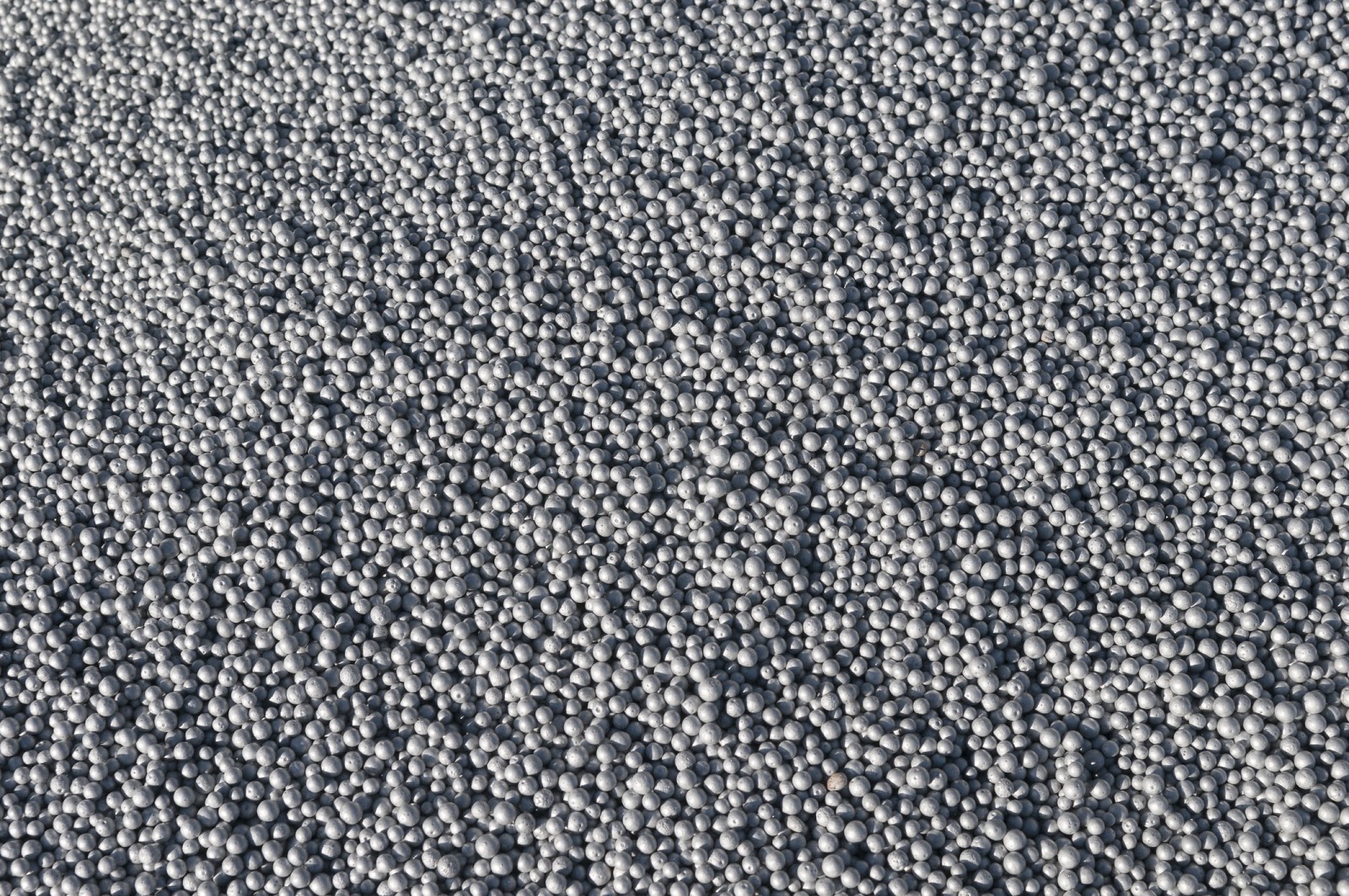Microbeads are composites of nanosized magnetic particles embedded in a non-magnetic matrix, the size of each bead in the range of micrometer diameter. Microbeads were originally the discovery of John Ugelstad, who was able to create uniform polystyrene spheres. Magnetic microbeads are superparamagnetic microbeads that specifically only become magnetized in the presence of a magnetic field, and this is a reversible phenomenon. These microbeads, made of materials with magnetic properties such as magnetite, have several uses in scientific research. An important use of magnetic microbeads is for separation of biological molecules from mixtures.
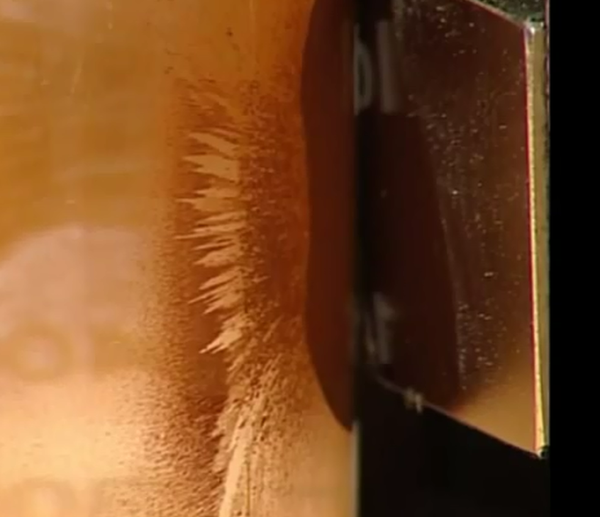
An article by Sepmag founder and CSO, Dr. Lluis M. Martinez, appears online this week in Genetic Engineering & Biotechnology News. The article addresses issues thatariseduring a biomagnetic separation application and offers critical suggestions for approaching a process. Of particular importance is an understanding of the inherent parameters of a separation.

Merck Millipore has invited experts from around the globe to attend the symposium it has organised at the Hilton Hotel in Shanghai on May 15 and 16. The event will include contributors from China, as well as Germany, New Zealand, Russia, Spain and USA.
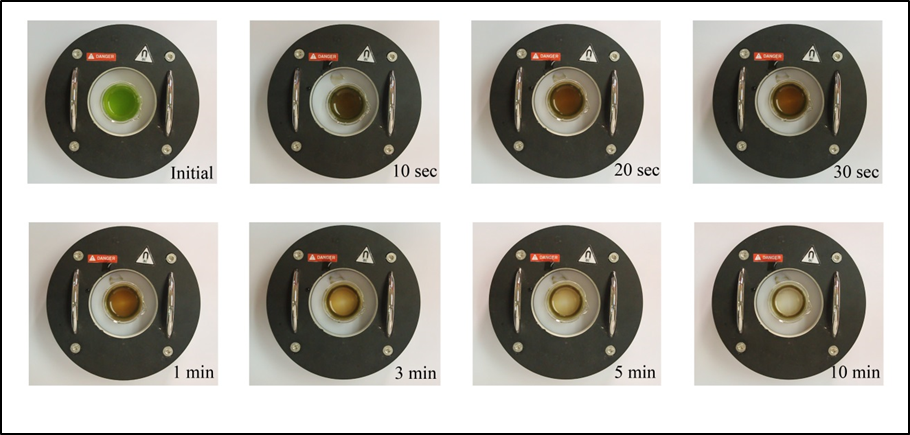
Microalgae become the exclusive focus in research of biofuel production to meet global energy demand. Photosynthetic microalgae use the sunlight to form biomass from the supplement of carbon dioxide and water. One of the main constituents of microalgal biomass is the natural oil stored within the cells. This natural oil can be further transformed into biodiesel through a transesterification process. The biofuel is renewable with huge potential to replace the fossil fuel. The International Energy Agency has reported that the total final oil consumption of the world in 2010 has reached 3575 Mtoe.1
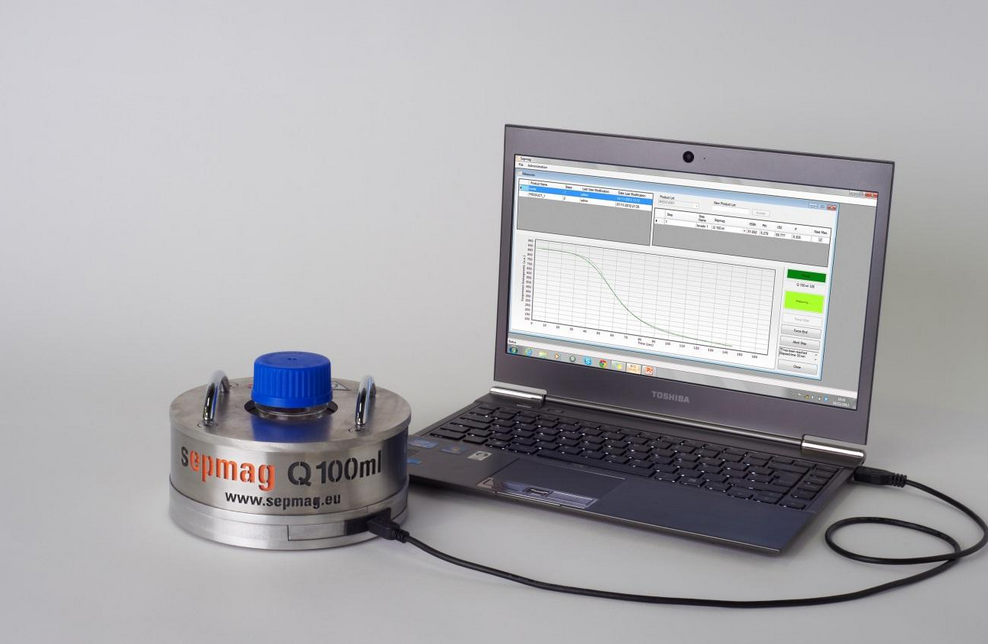
When new magnetic beads reach the market, one of the questions users have is, how well will it separate?
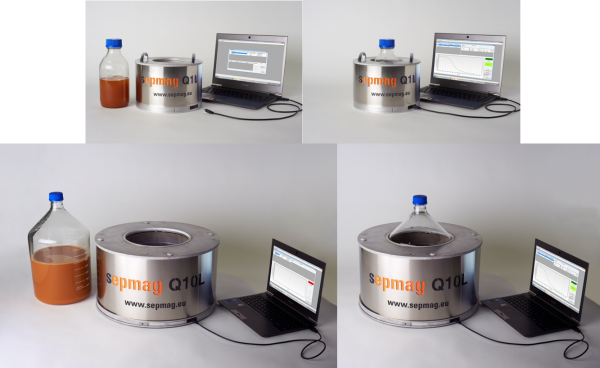
When one scales up production using a classic magnetic separation system, one finds that the separation time increases quickly with an increase in production volume. An increase in separation time means that material losses are higher and aggregation problems become a serious problem. By using homogenous separation time, one finds that the magnetic separation process is shorter and the separation time can be easily estimated. In homogeneous systems material loss and bead aggregation is minimized.

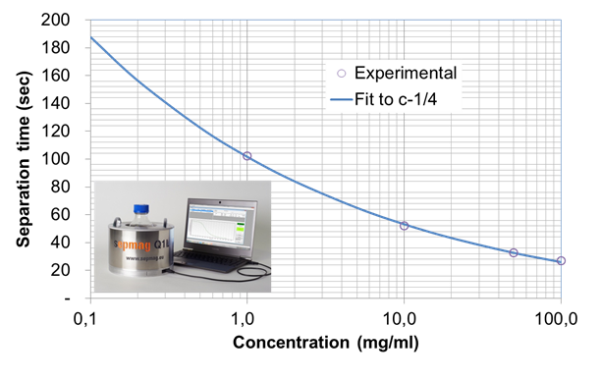
In the Life Sciences, one of the most critical parameters for final IVD kit performance is magnetic bead concentration. The beads are functionalized before the magnetic separation process with antibodies or other biological molecules, so the concentration of magnetic beads also delivers a specific concentration of biologically active reagent. If you do not have the correct amount of beads/biological molecules in your preparation, the sensitivity of the kit changes significantly. Therefore volume control of the suspension is quite important.

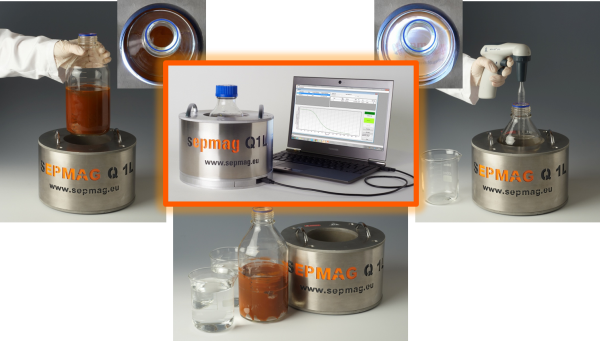
In non-homogenous magnetic separators, monitoring the entire separation process is difficult to impossible. As a result, errors in the magnetic separation process, such as using the wrong magnetic beads or using buffers with the wrong properties are not detected until the final QC testing stage.


When magnetic bead reagents are produced in quantity, often you cannot know if you have the correct properties of the beads until the final quality control step. But if these properties are wrong, finding out the properties at the end of the magnetic separation process for production does not allow you to salvage the lot. Knowing magnetic bead properties, such as size, magnetic charge and surface charge, is critical in order to have excellent reproducibility in the final product (e.g. IVD kits).
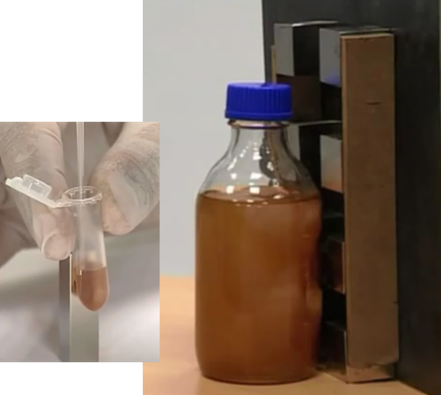
When a lab has finally optimized their production process, they often link their process to a very specific piece of equipment and, by extension, have locked themselves into a constant volume. Often a lab develops its magnetic separation process for production with a specific magnetic separation device – this is normal. Usually the only parameter that needs to be adjusted during production is the separation time.

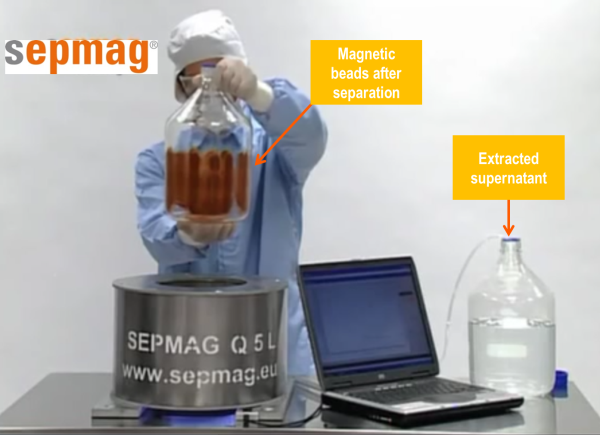
The separation time in standard magnetic separation devices is usually determined by analyzing aliquots of solution taken at different times. The problem is that each aliquot gives the technician information about one spatial point in time. Therefore, the design of validation experiments becomes a very complex endeavor.

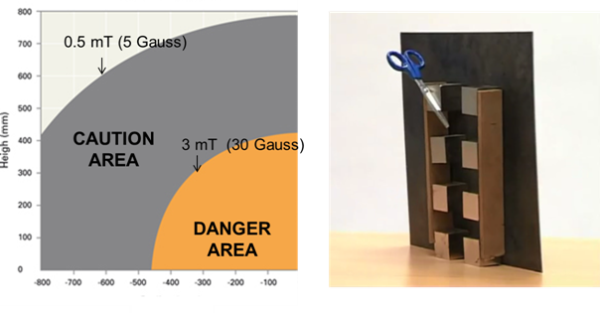
When using biomagnetic separation systems, customers are always curious about how to comply with the various health and safety regulations that are in effect. When customers use small systems for a small scale magnetic separation process, there is very little risk from the magnets. The only risk would be if the technician has a pacemaker and in that case, they would be extremely careful around even the smallest system. There is also a small risk of pinching one’s fingers between two magnets.

When scaling up a process using a traditional magnetic separation rack, the percentage of bead and biomolecule losses significantly increases with an increase in volume. One way of dealing with this problem is by applying a higher force at longer distances. But for this to work, you must apply this greater force without increasing the forces in the retention area during the magnetic separation process, in order to avoid irreversible aggregation.

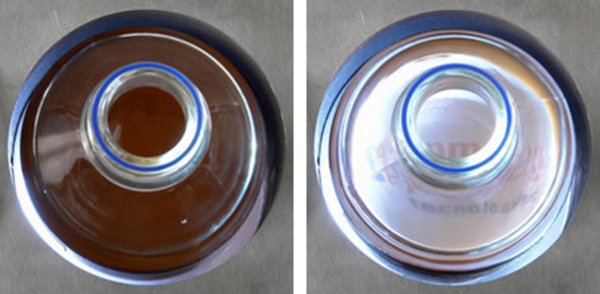
If one wants to scale up production from small lab lots to full-scale large lots, a non-homogenous magnetic separation process will result in lot-to-lot inconsistencies. Homogenous biomagnetic separation conditions, however, guarantee consistent results regardless of production scale.

Biomagnetic separation techniques are faster, cheaper and easier to use than non-magnetic techniques. In addition, when a magnetic separation process is performed under homogenous conditions, these techniques are also scalable and easily validated.
By Josep Maria Simó, CEO Sepmag

